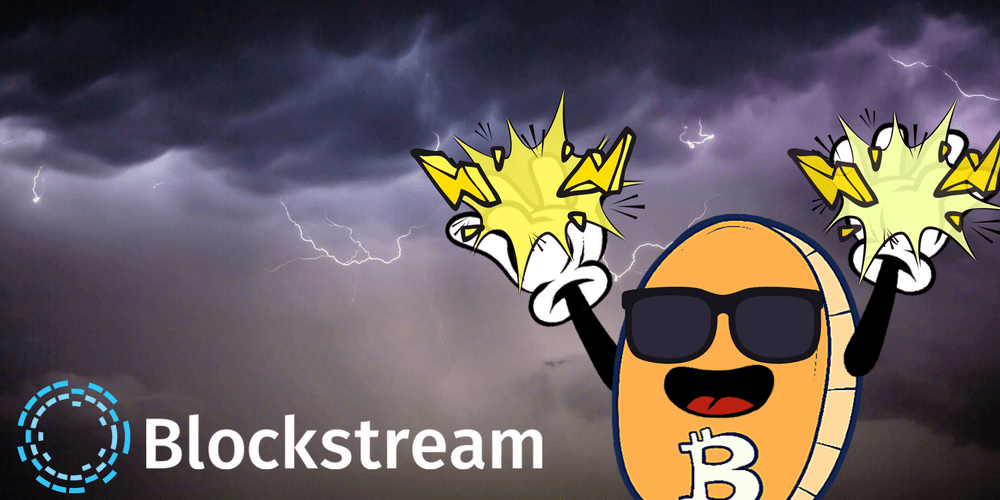
The last few months have seen an exciting increase in the pace of updates and news from the three main development teams working on the different Bitcoin Lightning Network clients. The recent mainnet beta announcement from Lightning Labs, has been followed for the past few days with an exciting series via the Blockstream blog outlining just a handful of the capabilities of the Elements Project Lightning Charge server and the c-lightning client it is built upon. Independent developer Nadav Ivgi has crafted several great Lightning Applications, dubbed LApps, which target a number of exciting use-cases and appear to be a natural fit for the Lightning network’s bi-directional payment channels and p2p routing.
The first LApp in Blockstream’s ‘Week of LApps’ was FileBazaar, which provides a simple e-commerce solution geared towards enabling content creators to easily sell access to their work. FileBazaar features a pay-per-view type system which
facilitates the receipt of Lightning micropayments in exchange for various digital products including videos, photos and documents. The javascript LApp features a straightforward web interface for end-users and simple configuration options for the store-owner.
The Lightning Publisher for WordPress takes on the challenge of enabling easy and transparent monetisation of online content, without resorting to the ad-based revenues that many publishers have come to rely on. This LApp allows a publisher using WordPress to require a lightning network bitcoin micropayment before a user can access a full article or blog post on their site, which appears to offer a great solution for many web-based publishers who often find their revenue entirely under the control of one of a handful of large advertising networks.
Nanotip allows users to send Bitcoin tips via the Lightning network. Tipping has been a popular use of bitcoin over the years, as an easy way to show appreciation to content creators. However, the traditional method of using a single Bitcoin address as a ‘tip-jar’ can have some negative privacy implications, as with any address reuse. Nanotip tackles this challenge by replacing the usual static Bitcoin tip addresses with a simple tip-bot using the built-in checkout feature of Lightning Charge to create unique lightning invoices dynamically for each donation, helping to preserve the pseudonymity of both parties involved.
Paypercall is a particularly interesting example of an application for the lightning protocol as it introduces a novel technique for requiring a micropayment before allowing API calls, which could represent an incredibly exciting and inspiring prospect for developers of various disciplines across numerous industries. This looks to be a particularly flexible tool which could have countless applications across the internet in what is an increasingly programmatic and data-driven world.
The latest revelation from Blockstream is NanoPos; a simple lightning-powered Point-of-Sale system, perfect for in-person sales of fixed-price items. The first LApp from Blockstream focussed on an eCommerce use-case with a Lightning Gateway for the popular WooCommerce platform which is used to create and manage a huge number of stores across the web. NanoPos provides a more streamlined solution for vendors with more straightforward fixed-price product inventories, such as Coffee shops or snack stalls.
All of the LApps unveiled by Blockstream thus far offer an inspiring insight for both developers and less technical users into the fascinating capabilities of the Lightning Network, as usage of the payment channel protocol increases and the c-lightning mainnet beta approaches. Intrigued web developers are encouraged to dive into the Elements Project Github repositories for all of the LApps to experiment and become inspired by the possibilities for the future of Bitcoin micropayments via the Lightning Network!

